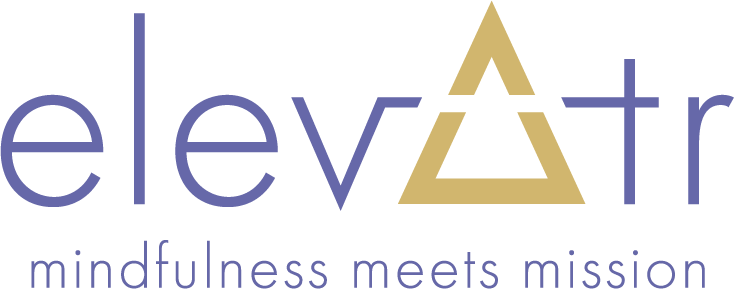“If the roots of the plant are dead, the plant is dead,” said renowned yoga instructor Rodney Yee during his livestream class on Thanksgiving morning. It wasn’t a super-uplifting holiday message, but it was a powerful reminder that, to truly enjoy the upcoming season, we need to build a solid foundation of well-being strategies for ourselves and our teams.

Give the Gift of Well-Being
Leaders play a pivotal role in setting the tone and fostering a supportive environment that makes well-being accessible and attainable. Start with these strategies to promote a healthier and more balanced workplace.
Plan ahead: Encourage open discussion about holiday schedules, workload distribution, and team availability. Transparency facilitates understanding and helps avoid undue stress about deadlines or responsibilities.
Be flexible: Recognize that team members may have different traditions, beliefs, or personal obligations. Offering flexibility in work hours or granting time off can significantly reduce stress and boost morale. If workload permits, consider closing the office a couple hours early one afternoon to allow staff to run holiday errands and avoid the after-hours rush. Shutting the doors between Christmas Eve and New Year’s Day also pays real dividends by allowing people (including you) to escape from the noise and recharge.
Lead by example: You can demonstrate the importance of well-being by caring for yourself in visible ways—like taking breaks, managing workload effectively, and avoiding after-hours email or texts. When team members witness leaders setting boundaries and valuing their own well-being, it encourages (and allows) them to do the same.
Offer compassion: The holidays are not a happy time for everyone. Be mindful and observant of team members who may need a little more support. Practice empathy and provide them with referrals to the resources they may need.
Celebrate together: Plan inclusive, low-stress celebrations that accommodate various preferences and traditions within the team. Avoid after-hours parties that feel more like an obligation than a reward. Instead, focus on fostering a sense of community and appreciation for everyone’s contributions throughout the year.
Everyone deserves the space to savor this season of celebration. Prioritizing well-being strategies during the holidays isn’t just a perk, but a necessity for team productivity and morale. By implementing these strategies, leaders can create a supportive environment where team members feel valued, understood, and motivated—fostering a happier and healthier holiday season for all.
To continue to strengthen your culture of well-being in the New Year, join me on January 25 for a full-day deep-dive on Building Professional Well-Being at the Dr. Nancy Grasmick Leadership Institute at Towson University—only $25, thanks to the support of generous partners.
